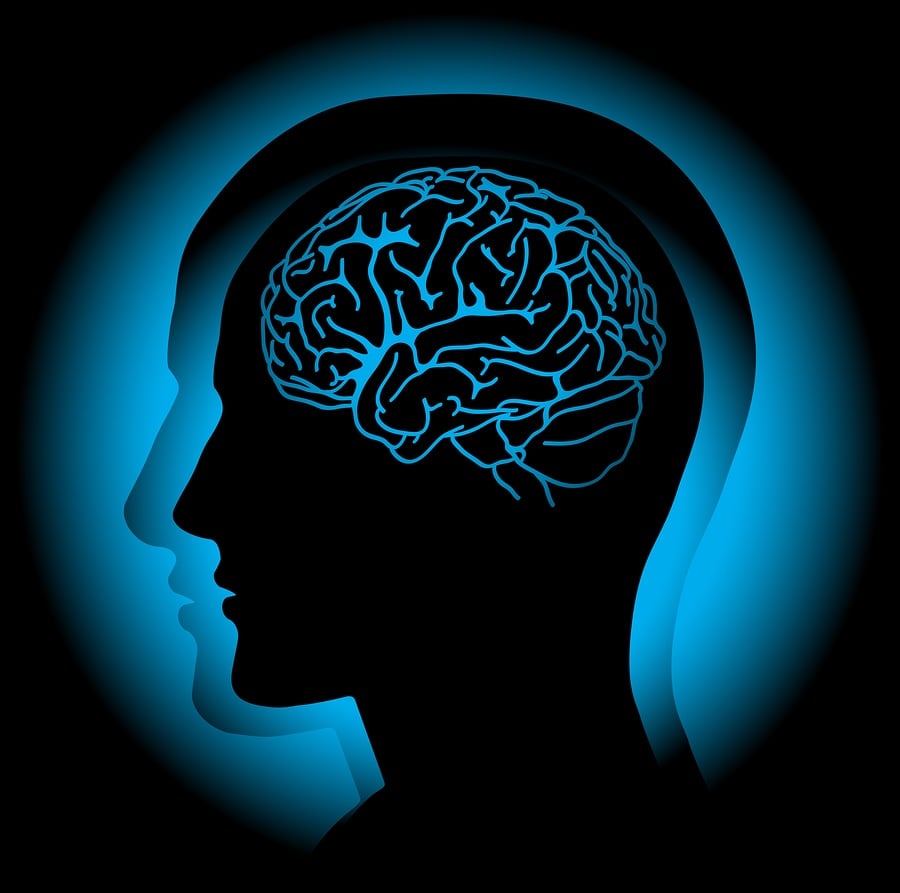The UCSD Health System will use the revolutionary method to visualize human nerves
Surgeons at the UCSD Health System are now using a revolutionary scanning technique to see the human brain’s nerve connections before performing critical surgery.
This non-invasive method is called tractography, or diffusion tensor imaging. First introduced in 1985, it has mainly been used for investigating strokes and other neurological diseases, like Alzheimer’s disease or autism, because it accurately maps out microscopic details in brain tissue.
UCSD Health System neurosurgeons are now among the first to use DTI to scan the anatomy of white tissue affected by cancer, allowing them to perform delicate operations on brain tumors without adversely affecting critical functions like sight and speech. Instead of dyes, chemicals or needles, the technique simply uses water. By tracking the movement of water molecules in the brain, neurosurgeons can find important nerve endings and plan out their surgery accordingly.
“There are no margins for error in the brain. Every centimeter of brain tissue contains millions of neural connections, so every millimeter counts,” Dr. Clark Chen, vice-chairman of neurosurgery at the UCSD Health System, said in a Nov. 21 news release. “With tractography, we can visualize the most important of these connections to avoid injury. In doing so, we will preserve the quality of life for our patients with brain cancer.”
This is especially important for patients with tumors in parts of the brain that control memory and other key senses. They no longer have to worry about potentially damaging these functions because DTI scans reveal small paths to tumors between neurons and color code them, giving surgeons a clear idea of how to proceed with the operation. The technology allowed Anthony Chetti, a San Diego teacher, to undergo surgery in his occipital lobe without suffering any vision loss.
Current scanning technology, like computed tomography, cannot match the level of detail that DTI offers.
“There is no way of predicting where these fibers would lie except with tractography,” Chen said. “By observing the flow of water molecules, we can visually reconstruct the complex symphony of brain connections. The resulting images are not only accurate but breathtakingly beautiful, giving us a glimpse into the extraordinary human mystery of the brain.”
Although applying DTI scanning to brain cancer is a novel concept, UCSD Health System teams are actively developing better ways to utilize this approach. They plan on collaborating with other radiology and imaging experts in their investigations.








